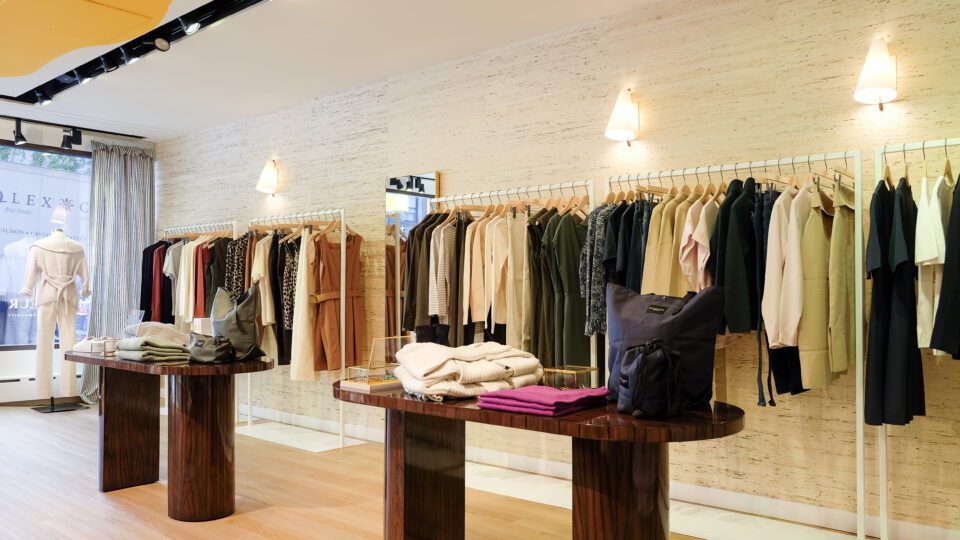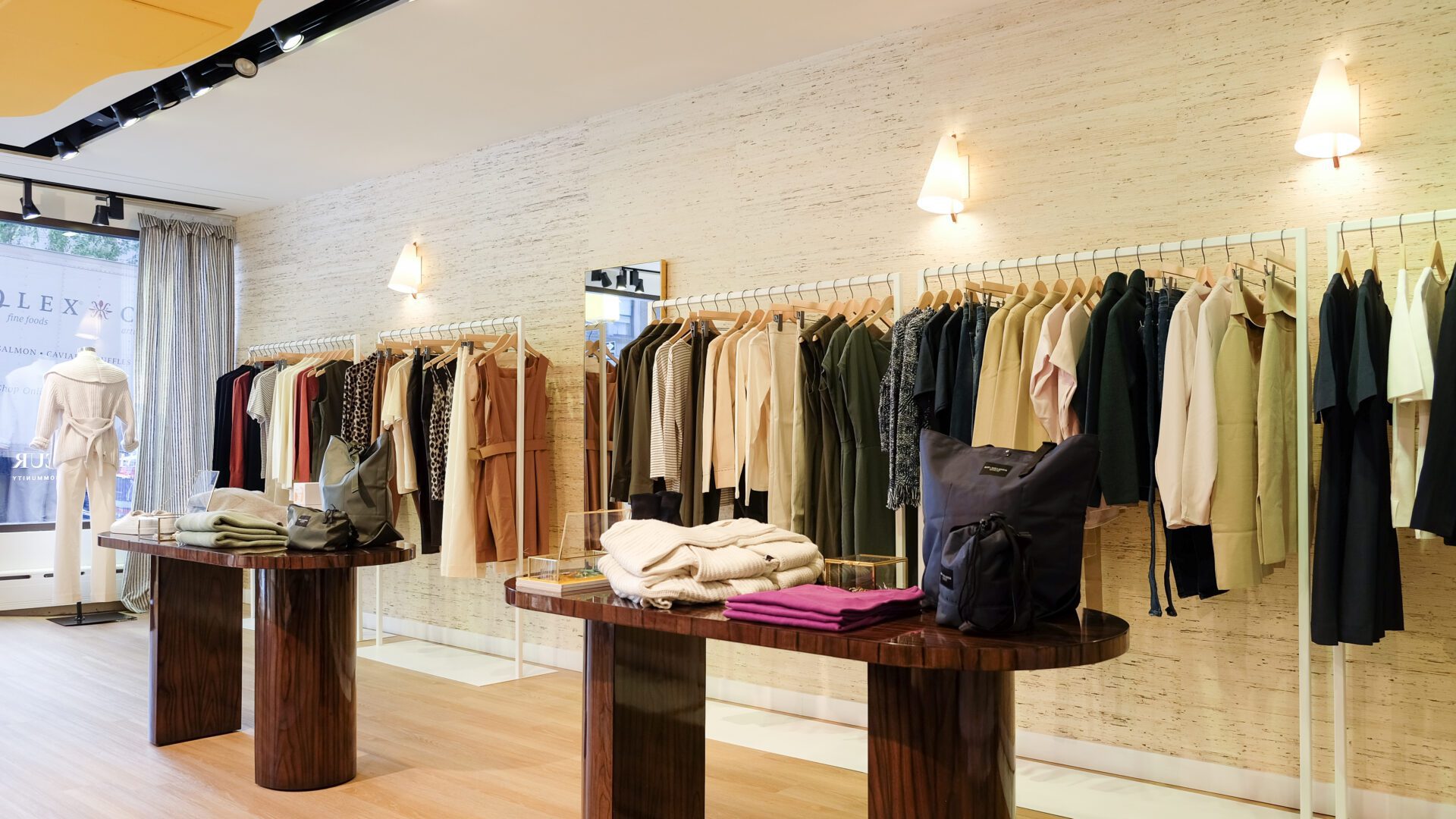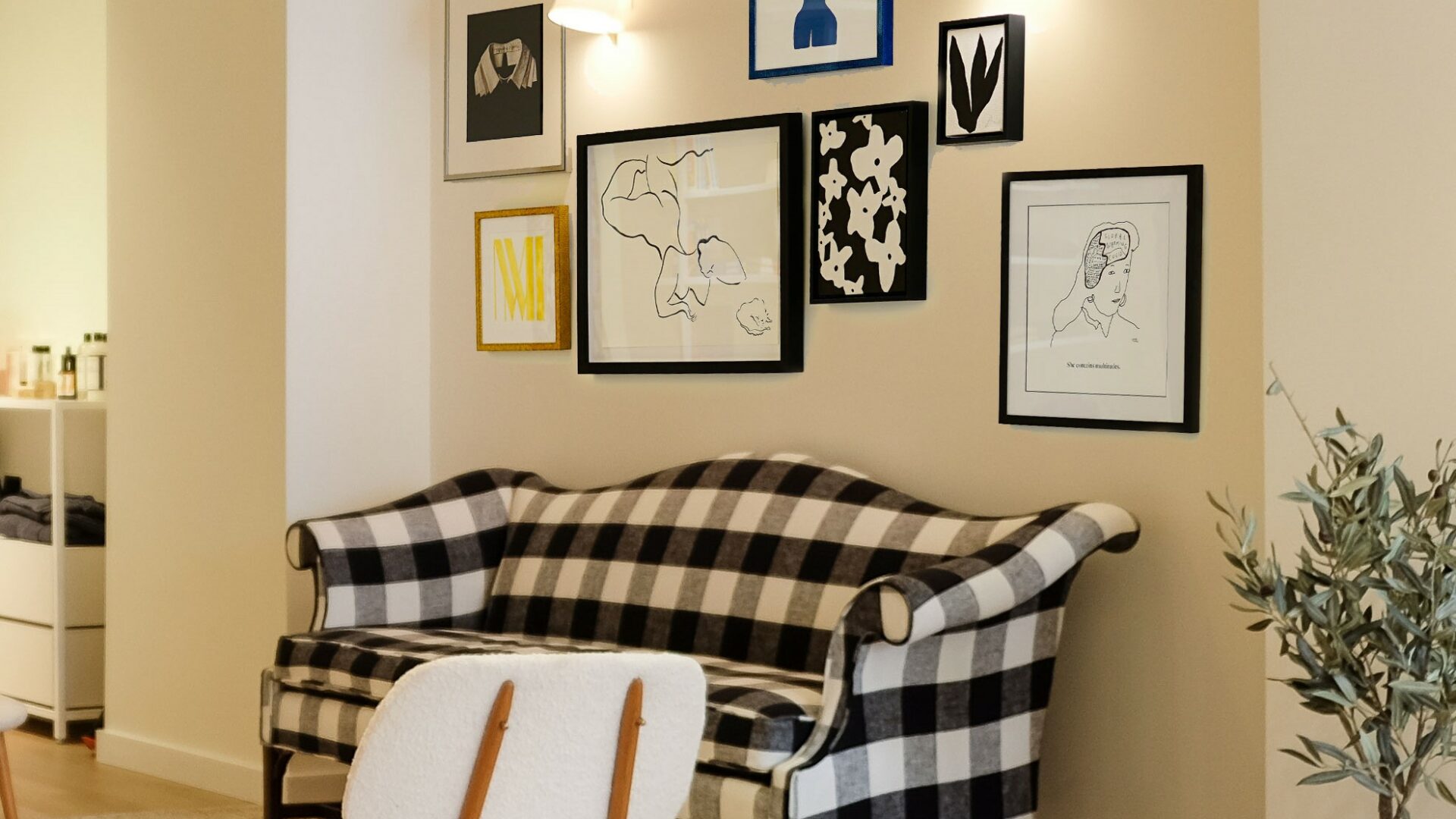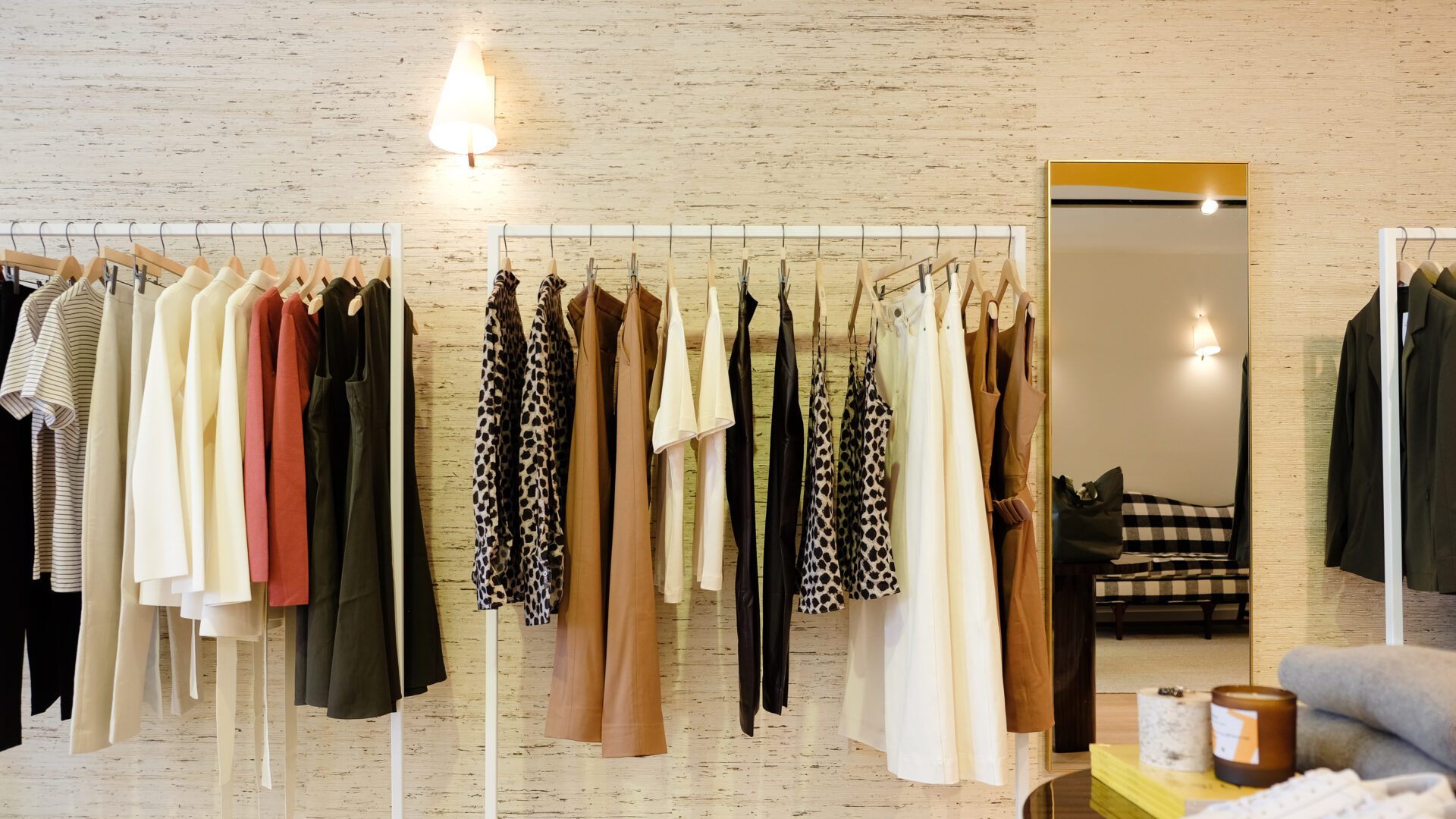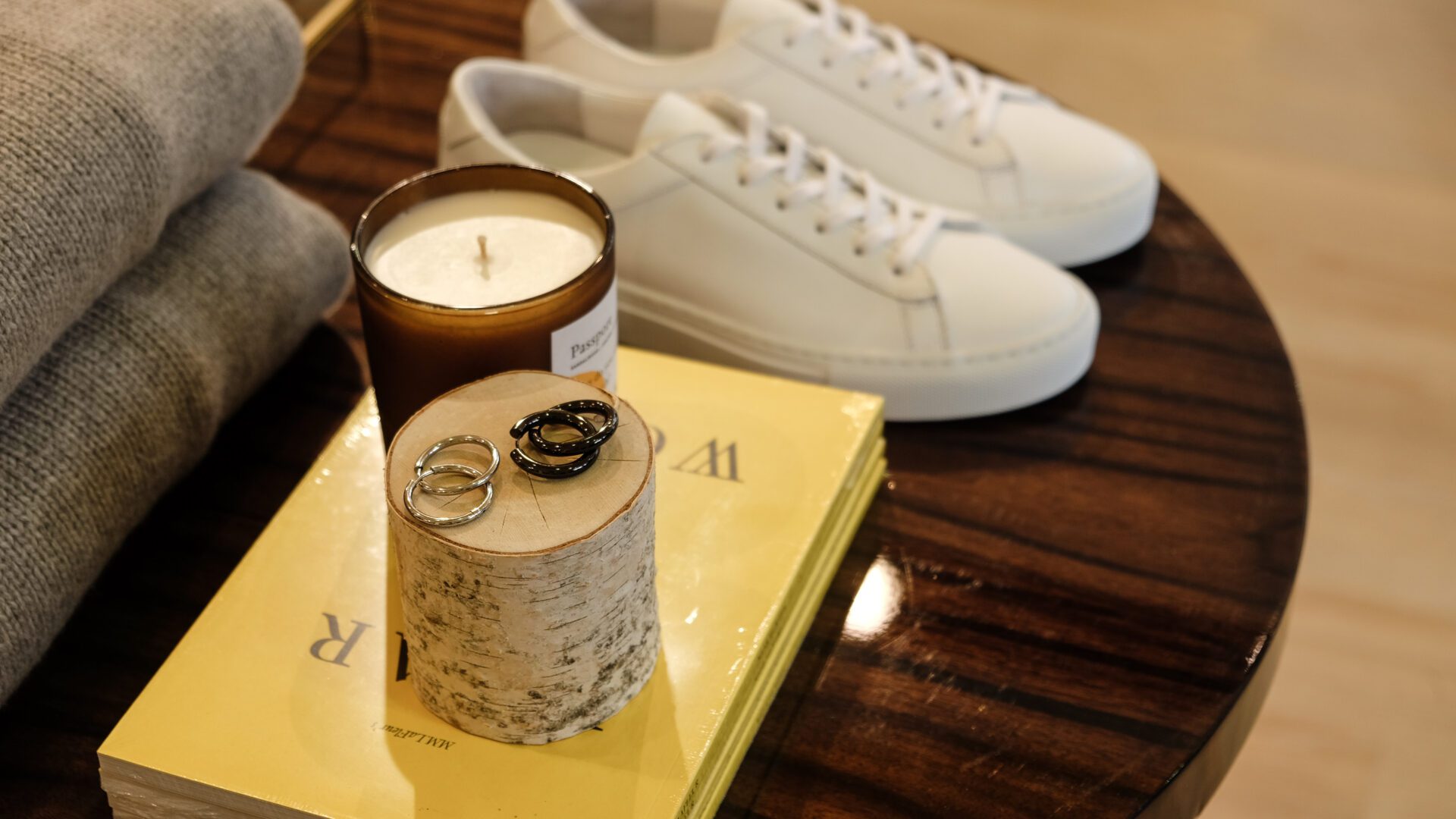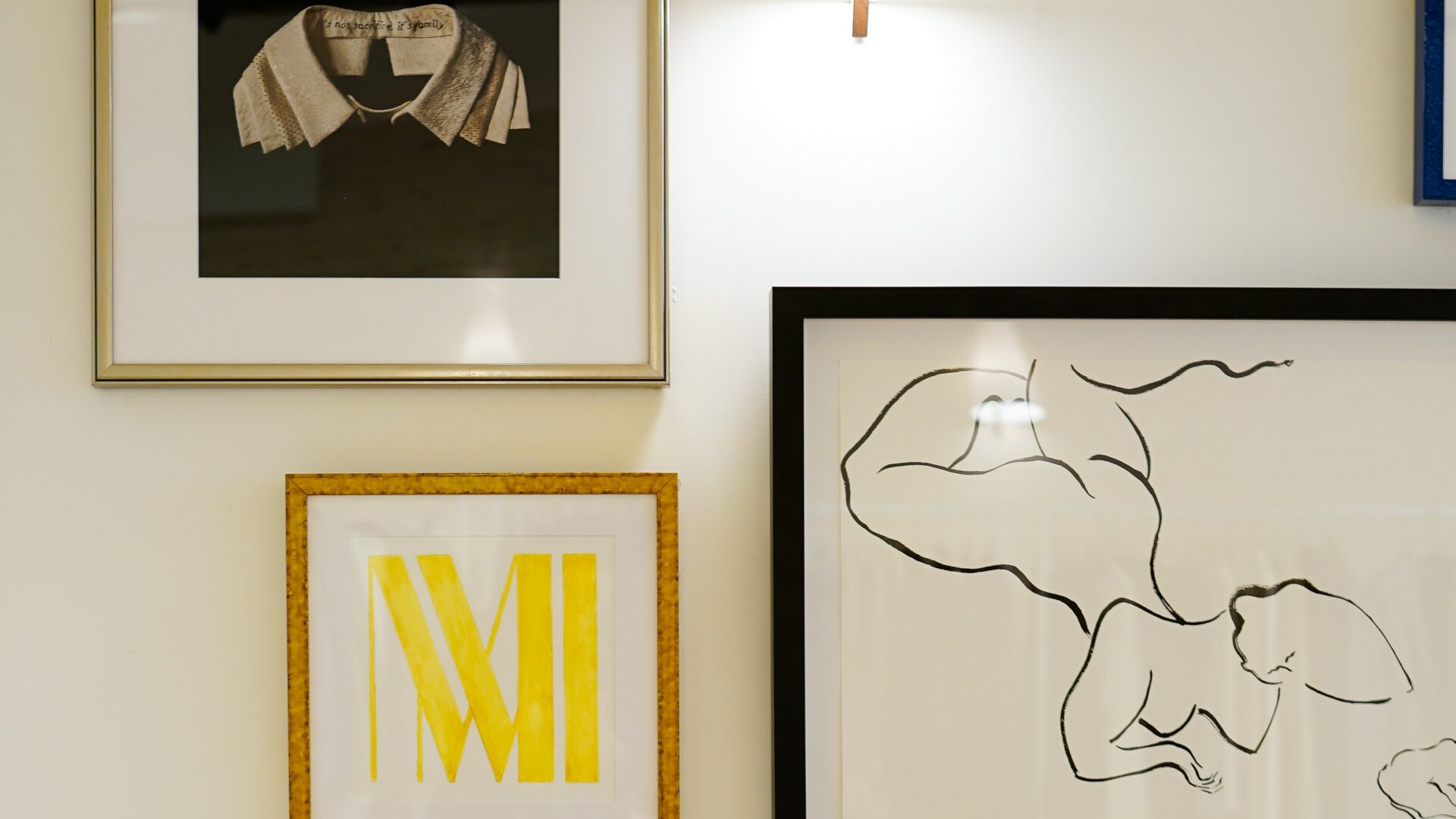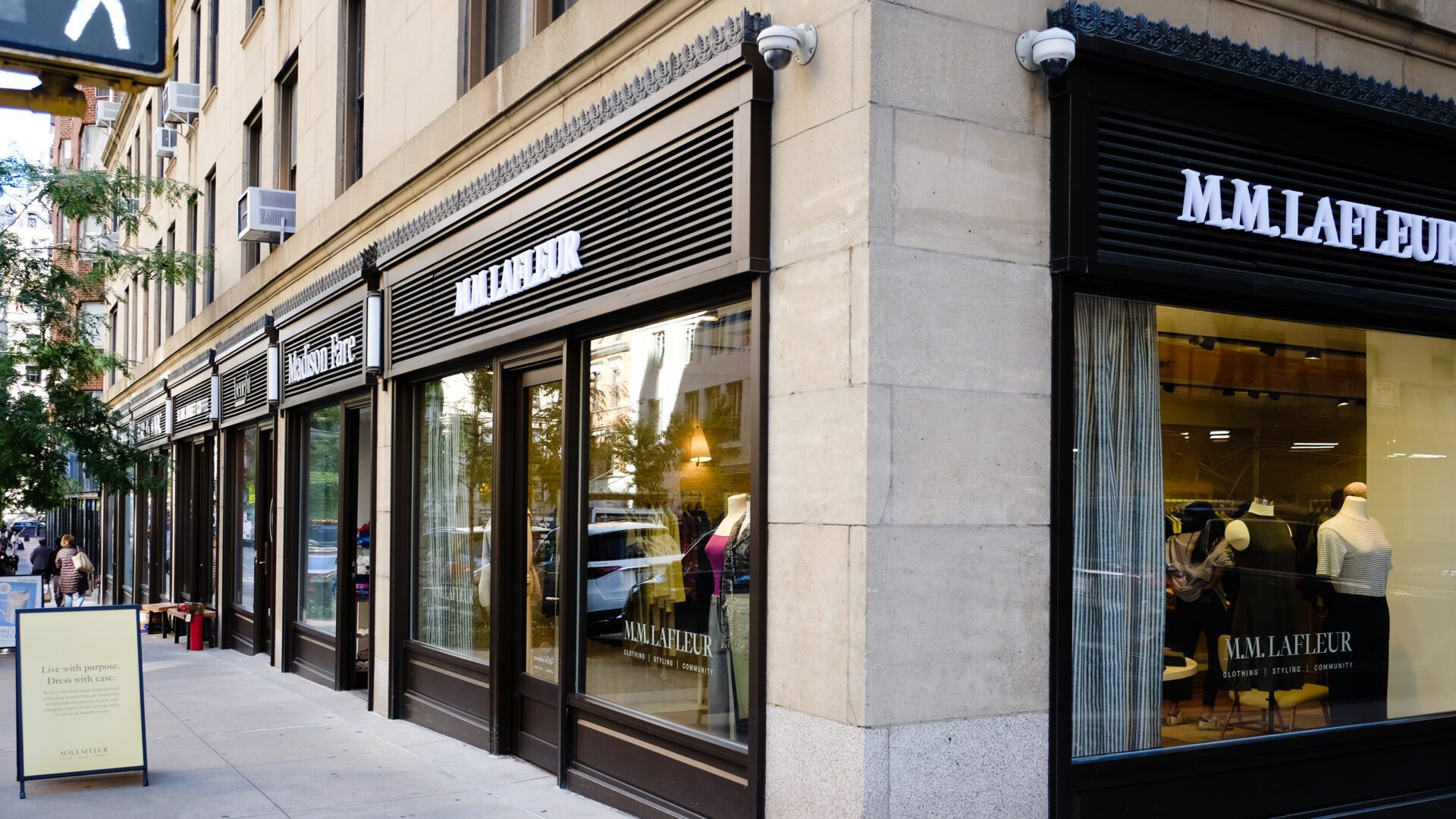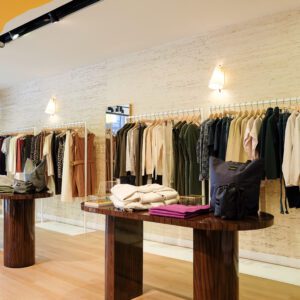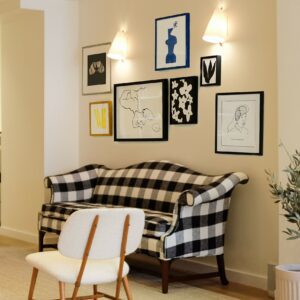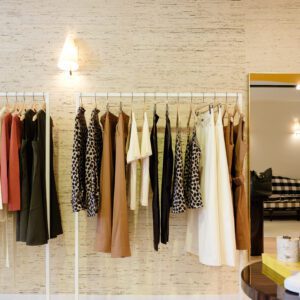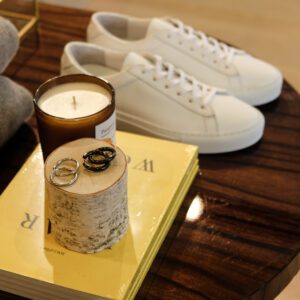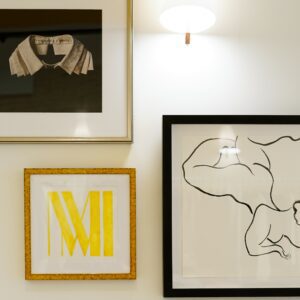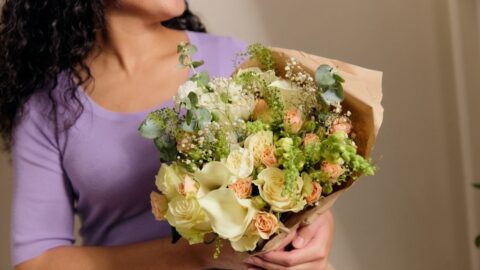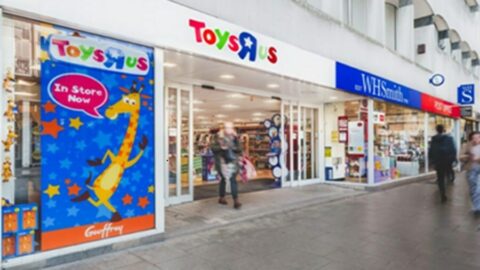Seeking to grow beyond its appointment-driven showroom model, womenswear brand M.M. LaFleur began with the September 2022 opening of a 550-square-foot store on the Upper East Side of Manhattan. The nearly 10-year-old M.M. LaFleur is aligning its brick-and-mortar retail model with shifting client needs through:
- Elements including M.M. LaFleur campaign imagery, artwork and messaging from clients that can draw in potential customers as they pass on the street;
- Interior design that relies on rich colors and natural textures that allow products to shine;
- A high-touch retail environment that encourages guests to experience the brand; and
- A community-driven environment in which M.M. LaFleur will host monthly events.
Amid planning for new locations in other areas of New York and Washington, D.C., Katie Twidwell, VP of Operations at M.M. LaFleur, discussed how the brand tested the physical store concept prior to the COVID-19 pandemic and has continued to gauge the evolution of its customers as it builds its brick-and-mortar strategy.
Retail TouchPoints (RTP): What was M.M. LaFleur’s inspiration for expanding from a showroom model into a traditional retail space?
Katie Twidwell: We’ve heard that while customers have become much more accustomed to shopping online, they’re craving the opportunity to see, feel, and experience our clothes in person as a part of their purchasing experience. We also know that some customers may not be able to commit to signing up for an hour-long appointment with a stylist, or they may want to pop in to try on a style they’ve seen online to determine their fit. We see our location on the Upper East Side, and future locations we are planning to open in 2023, as complementary to our showroom experience, allowing us to reach the widest possible audience in whatever atmosphere they would prefer to shop with us.
Advertisement
Our concept stores allowed us to test more standard retail spaces, where customers could shop without an appointment and take their purchases home with them. We weren’t sure what to expect from these locations but we began to think of them as billboards; between the revenue they drove, the lift we saw in appointments at our nearby showroom and the increase in site traffic, they more than paid for themselves.
RTP: How did you choose a physical space that aligns with the M.M. LaFleur brick-and-mortar vision?
Twidwell: Prior to the pandemic, we primarily focused on opening in neighborhoods that were heavily saturated with office locations and commuters. Our customer was able to pop in for an appointment on a lunch break or after work before she went home.
However, we know our customers may not be spending the majority of their week in a physical office space anymore, so we’re now focused on opening high-visibility, ground-level spaces in neighborhoods where our customer is both living and working. Our Upper East Side location fit these criteria, and we knew from existing customer data and response to our out-of-home brand activations in the area that our customer was in the neighborhood and excited to shop with us.
RTP: What are the key differences between designing a showroom experience and a traditional brick-and-mortar store?
Twidwell: Aside from designing for much less space and needing to make sure more inventory is available for browsing and try-on, traditional brick-and-mortar requires designing more into individual customer discovery of our brand. In our showrooms, each styling appointment begins with a one-on-one stylist consultation and a tour of the space to see the product; in the process, the customer is immersed in our world.
In the traditional retail [setting], we put brand-driving elements such as campaign photos, artwork and vinyl signage featuring customer quotes more front and center. They’re on the sales floor, in the fitting rooms and in the store windows to allow anyone who walks by — and everyone who walks in — to experience the world of our brand and the value of our product without needing the same level of stylist interaction — unless they would like it.
For example, we’ve framed an image of the jabot [an ornamental ruffled frill worn at the neck] that our Co-founder and Chief Creative Officer Miyako Nakamura designed for Justice Ruth Bader Ginsburg in 2019. The jabot is embroidered with a quote from Justice Ginsburg’s husband Marty, which articulates how a strong familial bond can help a woman achieve greatness in her work.
RTP: Were there any design elements from your showrooms that you wanted to incorporate into the physical retail space?
Twidwell: Absolutely. Community has always been an enormous focus for us, long before it became a marketing buzzword, and our showrooms were designed as oasis-like spaces where our customers could not only receive personal styling but also take part in monthly events. Our Upper East Side store is an update on that original vision: we’ve designed it to feel like your coolest friend’s apartment — a place you would go to hang out rather than just to shop.
Both spaces have flexible formats to allow for in-store activations and programming, and they include strong visual references to the passions and interests of the women in our community. For example, you’ll see gorgeous bookshelves lined with our favorite fiction of the moment.
RTP: Which in-store technologies are you using to strengthen the customer omnichannel experience?
Twidwell: We didn’t need to adopt any new technology, because our in-store shopping experience is very high-touch, as are the post-purchase marketing follow-ups. For example, if a customer is interested in a particular style or size we don’t have in stock, our store stylists are trained to assist in ordering and shipping a style directly to their home, as well as accepting returns of online purchases. Our email marketing team sends tailored communication to anyone whose first experience with our brand was through a store.
We have been lucky to partner with Leap on both the buildout and day-to-day operations of this store, including the management of the in-store team. We have been impressed with the learning-management system Leap has in place to offer continuous product education and training opportunities throughout the year, especially during our seasonal refreshes and collection launches.
RTP: Are there any lessons that you learned from designing and launching the Upper East Side physical store that you will apply to future retail locations?
Twidwell: We expect anything that can go wrong in the supply chain will go wrong, so we should plan multiple backup options for the furniture and fixtures we love. There were a few last-minute, unplanned scrambles involving items that unexpectedly went out of stock or were delayed in shipping.



